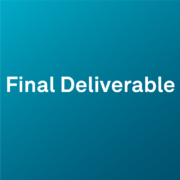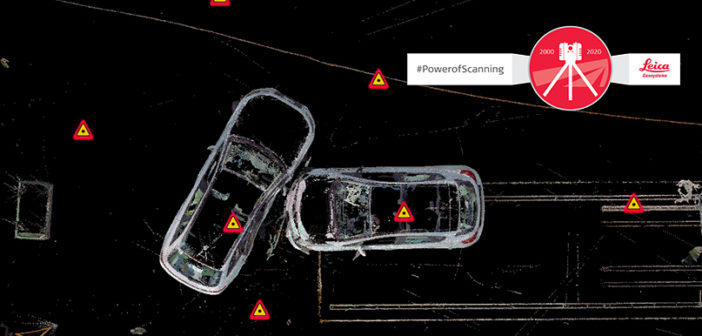Public safety professionals face a variety of challenges when faced with the task of capturing the scene of a crash or a crime. The two biggest challenges are:
- Time
There may be pressure to minimise disruption to the public and to release the site. Evidence can also quickly become contaminated or degraded. - Safety
Both the safety of the general public and the public safety professionals themselves is of great concern. There may be hazards present at the scene and topography of the location may make it difficult to capture safely.
These issues – along with the complexity of the site to be captured – can make it difficult or even impossible to accurately preserve a scene using traditional methods.
3D laser scanning technology is having a marked impact on improving the safety, accuracy and simplicity of capturing crime and crash scenes. Removing the reliance on dated and fallible techniques involving tape measures and theodolites, using a 3D laser scanner can provide a field-to-finished solution in just six simple steps:
-
Capturing the scene

This vitally important first element is quickly and accurately capturing the scene. Even on the few occasions when there aren’t strict time constraints, speed is of the essence. A device such as the Leica RTC360 3D laser scanner can quickly capture an entire scene, regardless of its complexity.
This works by combining data from a laser and High-Dynamic Range (HDR) camera sensors to create a point cloud of the scene, which is then stitched together in Leica Cyclone REGISTER or REGISTER 360 data preparation software to create an accurate model of the scene. Capturing up to two million points per second, the operation is not only quick but easy – one-button operation means that the laser scanner can be operated without extensive training while ensuring professional results.
-
Checking the data

Once the scene is captured, it needs to be analysed in detail. With 3D laser scanners, this analysis can begin right at the scene. Direct access and immediate 3D visualisation in the field are possible via the Leica Cyclone FIELD 360 mobile-device app. With the ability to remotely control the laser scanner, the app uses edge computing technology to provide a lightweight preview of the captured data on a mobile device. This allows police departments, private and forensic investigators to perform quality control checks and make informed decisions directly in the field.
-
Annotating scan data

Context is important. A public safety professional who experiences a scene first-hand will have a greater knowledge of the site than somebody who isn’t physically present. The Cyclone FIELD 360 app allows the operator to annotate the captured scene so that other viewers can benefit from their onsite observations and understand the subtleties and pertinent aspects of the situation.
By using a smartphone or a tablet computer, the captured scene can be tagged with measurements, text, and even images, video and voice files. The captured information can then be published to Leica TruView Cloud to enable the quick exchange of information with various project collaborators, no matter where they are or what device they are using.
-
Clearing the scene

Once the capture is complete, the investigator or other agencies can clear the site, confident that the scene has been captured in minute detail.
The RTC360 laser scanner itself requires little in the way of setup or break down. It’s small and at less than 6 kg, very light – designed for portability with a collapsible tripod, it can be taken anywhere and will fit into most backpacks for easy transportation to and from any scene.
-
Back to the office

Once back to the office, the captured scan data can be processed on a desktop or laptop computer. Leica Cyclone REGISTER 360 post-processing office software makes finalising a project intuitive and quick. Powerful features such as multi-threaded importing, semi-automated cleaning and guided workflows allow even novice users to achieve professional registration results, whilst built-in QA/QC tools and automated reporting help to save time and eliminate guesswork.
-
Final deliverable

The last part of the field-to-finished solution is to visually communicate the critical details of the scene with diagrams, incident reconstructions, renderings, animations, and other courtroom exhibits that are compelling and easy to understand. Leica Map360 allows this to be accomplished seamlessly and intuitively with purpose-built tools. Part of the Leica Geosystems Incident Mapping Suite, Map360 allows users to import scenes of any size and complexity captured with 3D laser scanners, enabling them to digitise the narrative, analyse the evidence, and present the facts with confidence.
A complete solution
Time, risks and a steep learning curve have always been stumbling blocks when trying to capture and preserve crime or crash scenes digitally. 3D laser scanning is key to reducing all three, giving public safety professionals a field-to-finished solution that lets them complete the task in six simple steps – confidently, safely, and accurately.
Contact us to learn more about our 3D laser scanning solutions.
Contact our Forensic Mapping Experts














